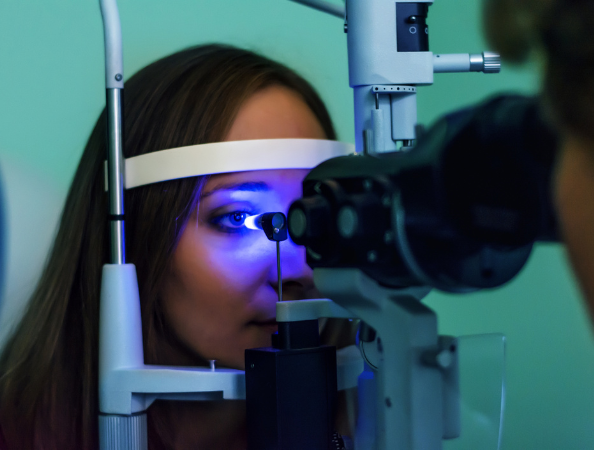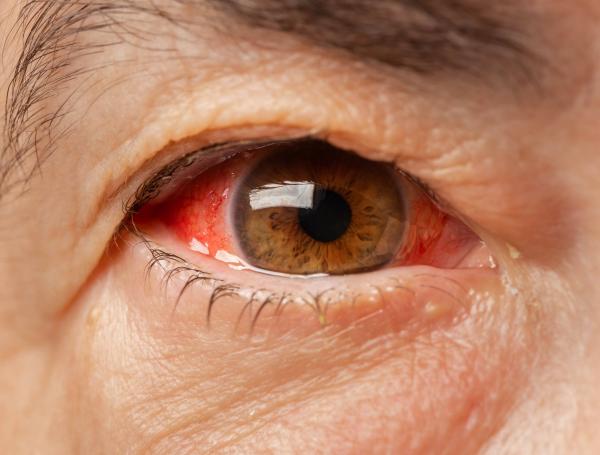What are the eye diseases that affect us the most? The Colombian Society of Ophthalmology reveals.

Latin America faces a silent crisis: progressive vision loss. In the region, it is estimated that more than 31 million people live with visual impairment, and at least 3 million are completely blind, according to figures from the International Agency for the Prevention of Blindness (IAPB).
Many of these conditions are preventable or treatable if detected early, but access to timely diagnosis and specialized care remains uneven.
In Colombia, prevention has gained importance. Starting in 2023, the Colombian health system included annual ophthalmological consultations for people over 60 years of age within the Health Benefits Plan (PBS), a measure that has increased the early detection of conditions such as cataracts, glaucoma, and retinal degenerations , according to the Colombian Society of Ophthalmology.
This is taking into account that, according to data from the Ministry of Health, 27% of people over 60 in Colombia have some degree of visual impairment , a figure that could increase with the accelerated aging of the population; it is estimated that by 2035, one in five people in the country will be over 60 years old.
“Colombia's leadership in ophthalmology is not accidental. It is the result of a systematic investment in training, research, and institutional capacity development to address one of the most complex challenges of the aging population: vision loss,” said Dr. César Carriazo, president of the Colombian Society of Ophthalmology, in a statement.
However, challenges remain. According to the National Institute of Health, 45% of the country's municipalities do not have an on-site ophthalmologist, forcing thousands of people in rural areas to travel long distances to access basic diagnostic services.
"However, compared to the entire region, Colombia has demonstrated that, with appropriate public policies and scientific collaboration, it is possible to move toward more inclusive and effective eye care," notes the Colombian Society of Ophthalmology.

Prolonged sun exposure can cause cataracts. Photo: iStock
Dr. Luisa Fernanda Anaya, an ophthalmologist with the Colombian Ophthalmology Society and a specialist in cornea, cataract, and refractive surgery, explained to this newspaper the eye diseases that most impact Colombians.
"As ophthalmologists, in our daily work we connect with the reality of eye health in Colombia, a reality where certain conditions manifest with alarming frequency. Therefore, it is essential that we talk about these conditions, not only to understand what affects us, but, more importantly, to know how we can prevent them," he explained to this newspaper.
1. The falls This disease is the leading cause of reversible blindness in the country. This clouding of the lens, which occurs naturally with age, affects a significant percentage of the population over 50. Fortunately, surgical treatment is highly effective and safe, allowing patients to successfully recover their vision. Early detection and access to surgery are key to treating this condition.
2. Myopia, hyperopia and astigmatism Uncorrected refractive errors, while not diseases as such, are problematic due to the effect of light entering the eye and cause significant disabilities in people of all ages, drastically limiting vision.
Here, the lack of access to eye exams and adequate eyewear, especially in rural or low-income areas, is a determining factor that leads many Colombians to live with suboptimal vision, affecting their academic and work performance, and their safety.
Correction with surgery, glasses, or contact lenses is simple and effective; vision screening campaigns are essential to identify those who need it and should be conducted from the earliest years of life, as there is a large percentage of children with undiagnosed vision impairments that dramatically affect their school performance and behavior.
3. Glaucoma Known as the "silent thief of vision," this disease represents another major concern. This disease, which progressively damages the optic nerve, often without early symptoms, can lead to irreversible visual field loss and blindness if not diagnosed and treated promptly.
Early detection through regular eye exams, especially in people with a family history or those over 40 years of age, is crucial to monitoring its progression and preserving vision.

Glaucoma is an asymptomatic disease in its early stages. Photo: iStock
With the increasing prevalence of diabetes in Colombia, this eye complication has become a growing cause of blindness. The damage it causes to the retinal blood vessels can be prevented or minimized with strict blood glucose control and regular eye exams for people with diabetes.
In short, while cataracts, uncorrected refractive errors, glaucoma, and diabetic retinopathy are the eye conditions that most affect Colombians, it is essential to remember that many of them are preventable or treatable. Awareness, access to quality eye care services, and the adoption of healthy lifestyle habits are essential pillars to ensuring that more Colombians can enjoy the invaluable privilege of good vision.
eltiempo





